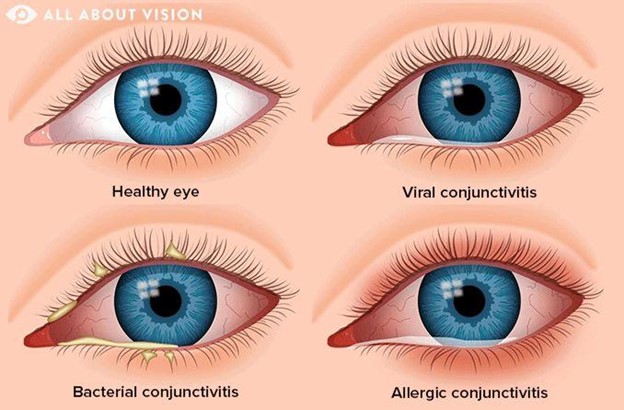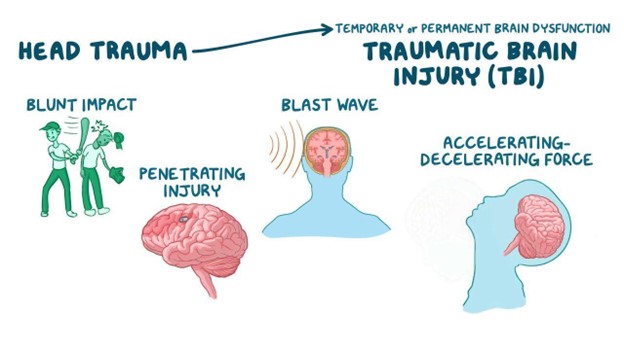A client diagnosed with moderate Alzheimer's has been admitted to a long-term care facility. Which of the following are appropriate activities for the nurse to include in the care plan?
Drawing with crayons
Dangling ribbons or a mobile
Listening to music, watching TV, or videos
Board games
The Correct Answer is C
Choice A Reason: This is incorrect because drawing with crayons may be too childish or frustrating for a client with moderate Alzheimer's. Crayons may also pose a choking hazard or cause messes. The nurse should provide activities that are suitable for the client's cognitive and functional level, as well as their interests and preferences.
Choice B Reason: This is incorrect because dangling ribbons or a mobile may be too stimulating or confusing for a client with moderate Alzheimer's. These items may also trigger agitation or wandering behaviors. The nurse should provide activities that are calming and familiar for the client.
Choice C Reason: This is correct because listening to music, watching TV, or videos can be enjoyable and beneficial for a client with moderate Alzheimer's. Music can evoke memories, emotions, and positive responses. TV or videos can provide entertainment, education, and socialization. The nurse should choose music, TV shows, or videos that are appropriate and meaningful for the client.
Choice D Reason: This is incorrect because board games may be too complex or challenging for a client with moderate Alzheimer's. Board games may require memory, concentration, logic, or strategy skills that the client may have lost. The nurse should provide activities that are simple and easy for the client to follow.
Nursing Test Bank
Naxlex Comprehensive Predictor Exams
Related Questions
Correct Answer is A
Explanation
Choice A Reason: This is the correct choice. Washing towels, sheets, and pillowcases is a home care instruction that the nurse will offer to the client, as it prevents reinfection and transmission of bacteria or viruses. The client has conjunctivitis, which is inflammation of the conjunctiva or thin membrane that covers the white part of the eye and lines the eyelids. It can be caused by bacteria, viruses, allergies, or irritants.
Choice B Reason: This is an incorrect choice. Using antifungal drops 3 times a day is not a home care instruction that the nurse will offer to the client, as it is not effective for conjunctivitis. Antifungal drops are used for fungal infections of the eye, which are rare and usually occur after trauma or surgery. The client may need antibiotic or antiviral drops, depending on the cause of conjunctivitis.
Choice C Reason: This is an incorrect choice. Scheduling a sexually transmitted infection (STI/STD) exam is not a home care instruction that the nurse will offer to the client, as it is not relevant for conjunctivitis. STIs can affect the eyes, but they usually cause different symptoms, such as redness, pain, or discharge from the urethra or vagina. The client may need to be tested for STIs if they have other risk factors or signs of infection.
Choice D Reason: This is an incorrect choice. Avoiding going outside during daylight hours is not a home care instruction that the nurse will offer to the client, as it is not necessary for conjunctivitis. The client may experience sensitivity to light, but they can wear sunglasses or avoid direct sunlight to protect their eyes. The client should also avoid rubbing or touching their eyes, wear glasses instead of contact lenses, and discard any eye makeup or cosmetics that may be contaminated.

Correct Answer is D
Explanation
Choice A Reason: This is incorrect because nystagmus is not a response to stimuli, but a condition that causes involuntary eye movements. Nystagmus can be caused by various factors, such as inner ear disorders, brain lesions, or drug toxicity, but not necessarily by cervical spine injury.
Choice B Reason: This is incorrect because decorticate positioning is a response to stimuli that indicates damage to the cerebral cortex or the corticospinal tract. Decorticate positioning is characterized by flexion of the arms and extension of the legs. It does not indicate cervical spine injury, which affects the spinal cord below the brainstem.
Choice C Reason: This is incorrect because lack of any response to stimuli can indicate various levels of brain damage or coma, but not specifically cervical spine injury. Lack of any response can also be influenced by other factors, such as sedation, hypothermia, or shock.
Choice D Reason: This is correct because decerebrate positioning is a response to stimuli that indicates damage to the brainstem or the upper cervical spine. Decerebrate positioning is characterized by extension and outward rotation of the arms and legs. It indicates a severe and life-threatening injury that can impair vital functions, such as breathing and blood pressure.

Whether you are a student looking to ace your exams or a practicing nurse seeking to enhance your expertise , our nursing education contents will empower you with the confidence and competence to make a difference in the lives of patients and become a respected leader in the healthcare field.
Visit Naxlex, invest in your future and unlock endless possibilities with our unparalleled nursing education contents today
Report Wrong Answer on the Current Question
Do you disagree with the answer? If yes, what is your expected answer? Explain.
Kindly be descriptive with the issue you are facing.
